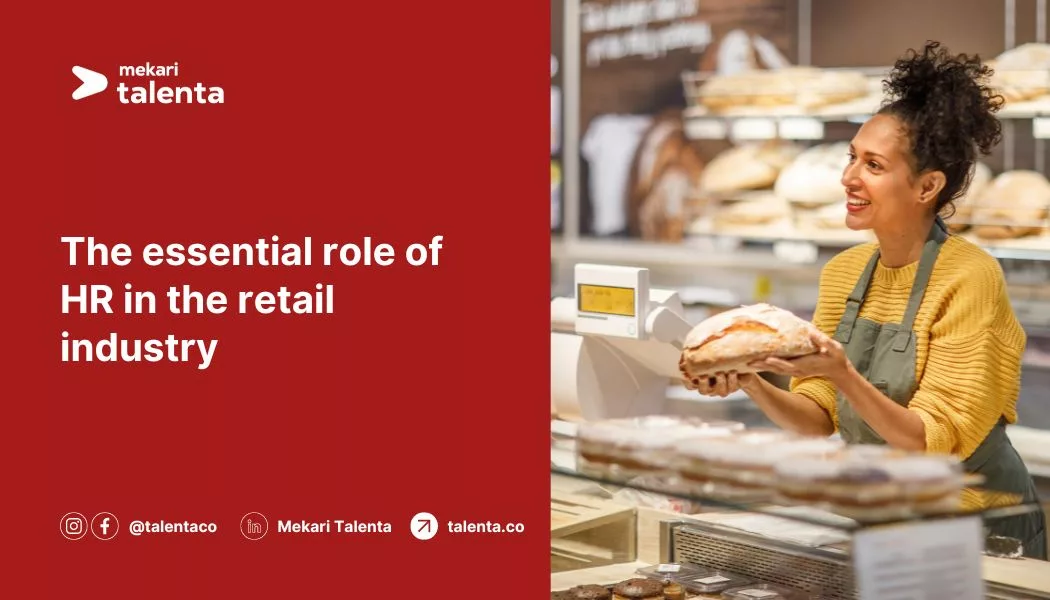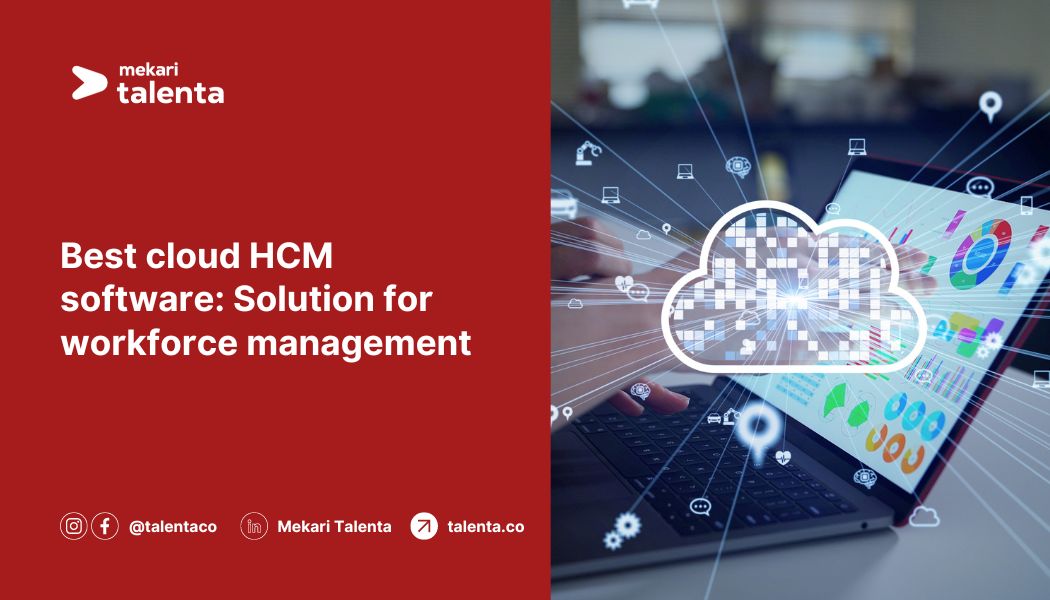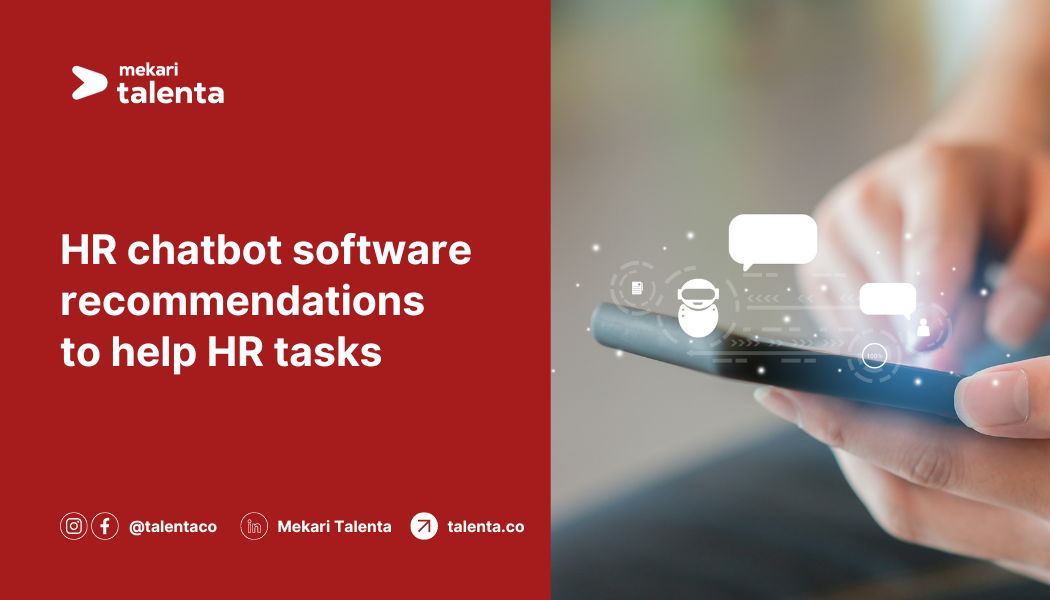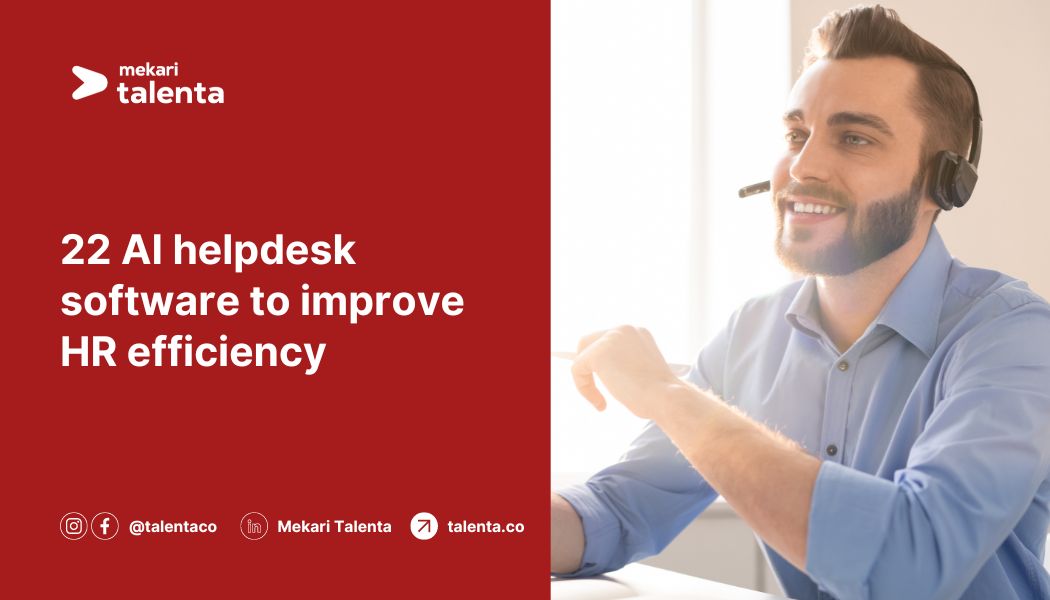Manpower planning planning is one of the crucial parts of HR management activities. Through the formulation of manpower planning, companies ensure an adequate workforce availability to sustain business operations.
As the most valuable asset in a company, HR must meet the expectations and needs of the company. Otherwise, there is a high possibility that the company could stumble.
So, what is manpower planning and what are its strategies? Find out the complete review in the following Mekari Talenta article.
What is Manpower Planning?
Manpower planning is a process of identifying, planning, estimating, and fulfilling the workforce with the right quantity, time, place, and cost according to the company’s needs.
However, nowadays, the term manpower planning is not only about fulfilling workforce demand and supply.
But also about how companies can ensure that existing workforce can possess the skills required by the company and determine what technology is needed to optimize the skills of these employees.
Marcus Lemonis, an American entrepreneur, said, “The customer is number two for me right behind the employee.” It means that company should always put their employees welfare first above all else.
Importance of Manpower Planning
The strategic implementation of manpower planning can have impacts not only on HRD but on the overall business as well.
Here are some benefits that companies can obtain through good manpower planning:
- Increasing business productivity as the company can estimate the quantity and types of workforce and technology needed.
- Enabling the company to have quality workforce in line with the business needs and goals.
- Detecting problems early in the management system, especially in the HR field, along with mitigation strategies.
- Creating efficient workforce administration so that when there is employee turnover, the company does not have vacant positions causing disruptions in the organization.
- Facilitating HR managers to make strategic decisions in developing the workforce in terms of technology, skills, and employee satisfaction.
- Quoting Deloitte, manpower planning can cost-effectively manage labor costs. This is because the company can budget the number of workers and costs accurately.
- Creating customer satisfaction. With good manpower planning, the company management automatically has good systems and standards, which impact customer satisfaction.
Manpower Planning Objectives
The main objective of implementing manpower planning is to ensure the availability of workforce according to the company’s needs. This planning process is not an activity that is done once or twice. Instead, it is a continuous process as long as the company exists.
Moreover, every 5-10 years, industrial technology always changes and evolves, thus companies inevitably have to adapt.
For example, 10 years ago, cloud computing technology or artificial intelligence (AI) were not well-known by industries. However, recently, these technologies have become assets for companies to survive in the digital era.
Companies are required to fulfill these needs by having Human Resources or workforce capable of developing and operating such technologies. Manpower planning process is also needed when a company sees new business opportunities and wants to implement them.
Such projects require time, cost, manpower, and technology. If done hastily, these opportunities can turn into threats leading to losses.
For instance, HR in your company has recruited 5 employees. However, the required technology is not available yet, the project timeline is unclear, and even the budget does not meet the project’s expectations.
Here is where manpower planning plays its role in ensuring that these elements are met appropriately according to the company’s needs. Thus, the business opportunities can run as expected.
In other words, another objective of manpower planning is to ensure no mismatch among the workforce, time, place, technology, and economy.
According to The 2022 Global Talent Shortage by ManpowerGroup, the average talent shortage worldwide reached 75 percent in 2022.
The sectors most affected include government, education, healthcare, technology, manufacturing, finance, and retail.
Meanwhile, according to the World Bank report in 2018, Indonesia needs at least 9 million IT workers between 2015 and 2030.
This is also supported by data from Korn Ferry in 2017, which predicted Indonesia would face a skilled labor deficit of up to 3.8 million by 2030.
If both of these situations occur in your company, the business growth rate will be significantly slower. Companies will also struggle to compete and survive, especially in the future.
One strategy to narrow the talent gap or even enhance the company’s ability to meet its workforce needs is through manpower planning.
Best Practices in Manpower Planning Process
As a guideline, there are 4 main steps in strategically developing manpower planning, as follows:
Know the Company’s Business Conditions and Plans
Although manpower planning is an ongoing process that runs continuously, every year the company has business plans and evaluates the current and future conditions.
HR managers, in this case, must coordinate with all departments and business units. What are the strategic plans of each business unit and what funds are needed?
To get to know your company to align with manpower planning, at least consider the following factors:
- The current workforce, how many business units there are, and the types of jobs currently available
- The current work culture. Does it already meet expectations for the company, employees, and customers?
- Business goal priorities both short-term and long-term
- The type of individuals and skills needed by each business unit
- Also, know the growth stage of your company, whether it’s startup, growth, mature, or decline. This will determine the needed workforce capacity.
- Potential business risks both existing and future ones.
Mapping the Company’s Future Workforce Needs
The next step is to map the future workforce needs or manpower forecasting. Through manpower forecasting, you can estimate the required workforce and the capabilities needed by these employees. Manpower forecasting itself has two approaches: internal and external.
Internal analysis includes:
- Expert analysis involving all employees including stakeholders from each department and C-level. This can be done through surveys or informal discussions.
- Workload analysis by considering the existing work culture, functions, and the skills most needed by each department or business unit.
- Workforce analysis, which involves observing the number of recruits, annual turnover rates, attendance records through online applications, and employee performance.
- Other workforce-related analyses such as financial and business analyses.
While external analysis includes:
- Analysis of the job market trends and its impact on the company.
- Third-party analysis. Whether it’s stakeholders who can provide external data or technology suppliers who can support the company’s manpower planning process. For example, the use of employee recruitment applications.
Develop Workforce Programs
The next step is to develop workforce programs which include recruitment process models, Standard Operating Procedures, and workforce placement.
Additionally, it should be noted that in manpower planning, the company not only focuses on obtaining the needed workforce but also on how to retain it.
Compensation programs, working hours, absences, accessibility, and other methods to ensure employee satisfaction with the company are crucial aspects not to be overlooked.
Design Workforce Development Programs
Finally, workforce development should be implemented to meet the company’s required skill demands. As mentioned earlier, manpower planning not only focuses on recruiting new talent but also on developing existing talent.
According Huawei’s Future of Work: 2022 Digital Talent Insight report, there are three main programs that companies can implement in workforce development programs:
- Leadership: Building a workforce culture in the management stage so that the existing workforce has the same mindset as the company’s vision.
- Upskilling and reskilling: Developing existing employee skills or introducing new skills to employees.
- New skilling: Providing new skills to new graduates, for example, through internship programs or external training.
Examples of Manpower Planning
Here are some study cases that explain some cases on how manpower planning can be used.
Manpower Planning on Recruitment Process
Manpower planning often used in the recruitment process since some businesses have reasons to hire more employees. With effective manpower strategy, company can identify its goal while determining how many employees they need to complete some tasks.
For example, a manufacturing company that produces steel products for construction projects analyses its sales number and found that the number of customers may increase two times within a year. The company realizes that it doesn’t have enough employees to meet the production numbers for the increasing customer. This forecast indicates the needs of hiring additional workforce to meet production quotas.
Then, they develop a plan and identify how many employees required to increase production number. The company finds out that they need 20% more workforce to run the plan and begins recruiting new employees. Over two years, they can achieve their goal to meet the demand of production for their increasing customers.
Manpower Planning on Leadership
Leadership often stands as a critical component within a business’s workforce. Effective leadership typically leads to enhanced productivity, the implementation of new policies, the cultivation of healthy work environments, and the facilitation of efficient processes.
Moreover, it is typically pivotal in fostering readiness for change. As a business undergoes operational shifts, adept leadership can significantly aid the change process. A workforce plan commonly assesses the current leadership capacity within the business, highlighting the potential need for leadership development.
For instance, one company specializing in personal finance consultation, conducts an analysis of its HR metrics and observes a steady decline in employee engagement. It anticipates that only 20% of its existing employees may remain within the next three years.
Recognizing the necessity for workplace transformation to bolster employee relations and retention rates, it devises new policies. However, it acknowledges the need for enhanced leadership to effectively implement these policies and achieve their objectives.
Consequently, the company formulates a workforce plan that incorporates training and development initiatives for its current leadership. Through participation in leadership development programs, both management and senior personnel refine their leadership competencies.
Then, employees begin to place greater trust and respect in their leadership figures, thereby fostering a more positive workplace atmosphere. As a result of the improvement in its leadership capabilities facilitated by enhanced workforce planning, it observes a rise in its projected retention rates.
Manpower Planning Through HRIS
One strategy in conducting manpower planning is by relying on HRIS.
Through HRIS technology, you can utilize workforce data more easily and comprehensively. This data can then be used to determine the future direction of the business, especially in HR.
According to Gartner’s report, only 12% of companies effectively utilize workforce data, especially in assisting business decision-making.
One provider of HRIS in Indonesia is Mekari Talenta.
Mekari Talenta is a software that has features covering multiple HR functions such as online attendance, payroll, performance management, employee self-service, employee database management, and manpower planning.
With Manpower Planning (MPP) feature, company no longer needs to do manual data analysis, mapping, calculation, and determination of employment plans. The allocation of manpower needs is more transparent to prevent uncertainty and to tone down recruitment costs.
Furthermore, through the employee database feature of the Mekari Talenta application, you can manage large employee data in minutes and update data in real-time to save time.
If you are planning to conduct HR planning in the near future, consult your HR issues with our sales team now and try the demo for free.









